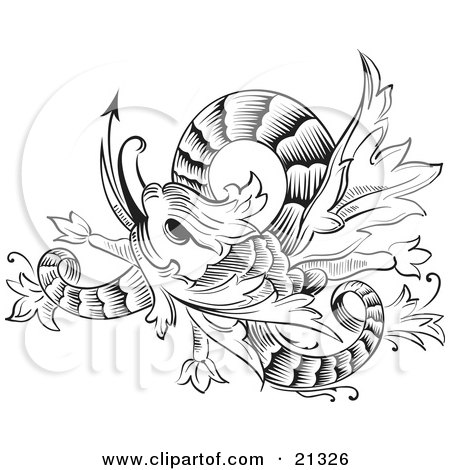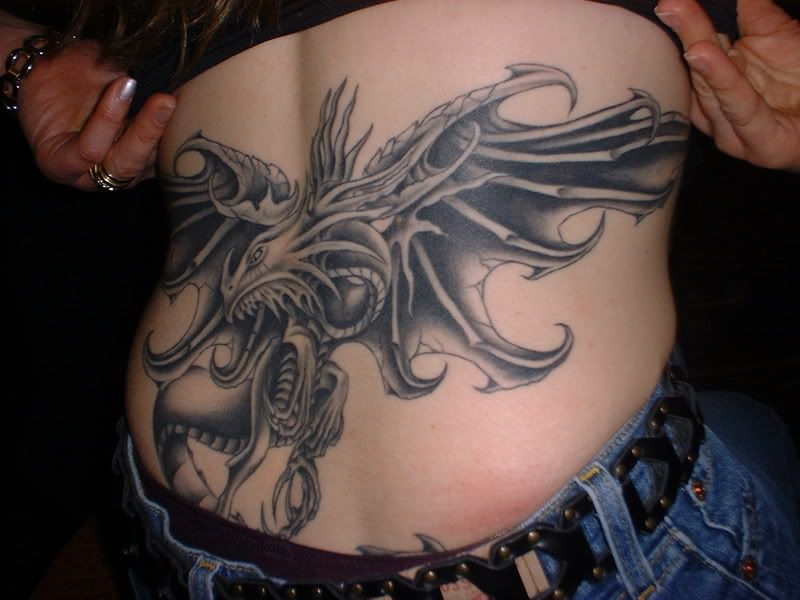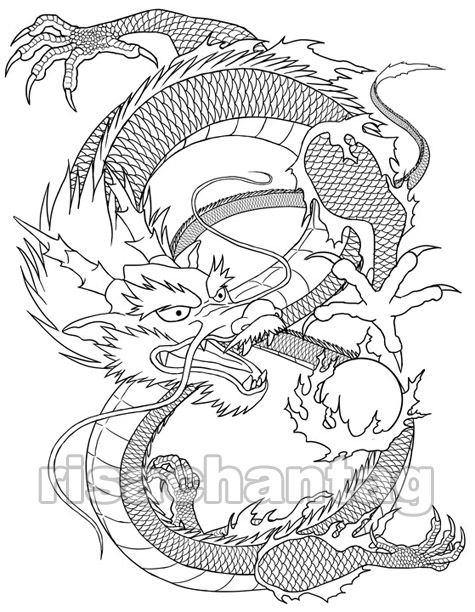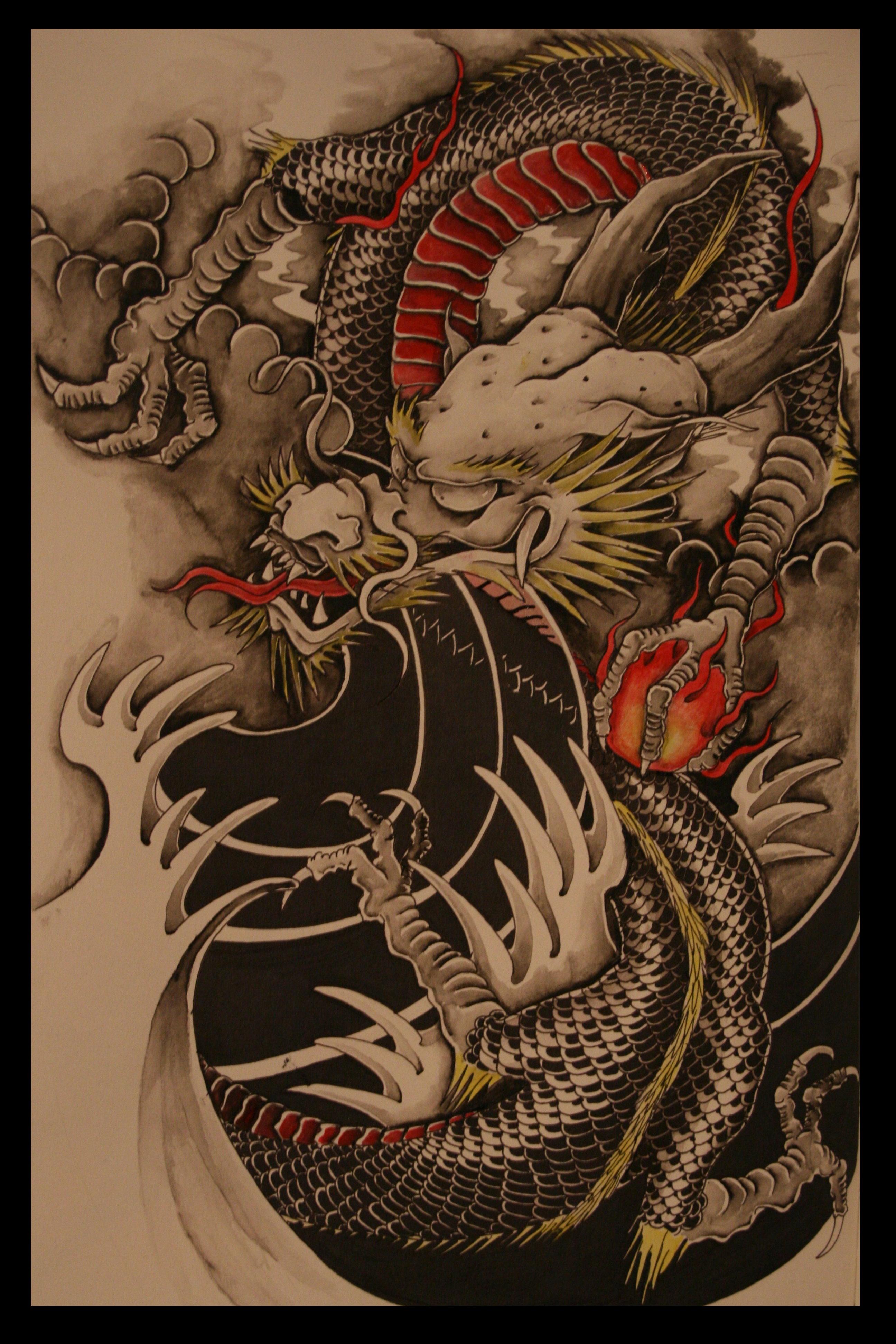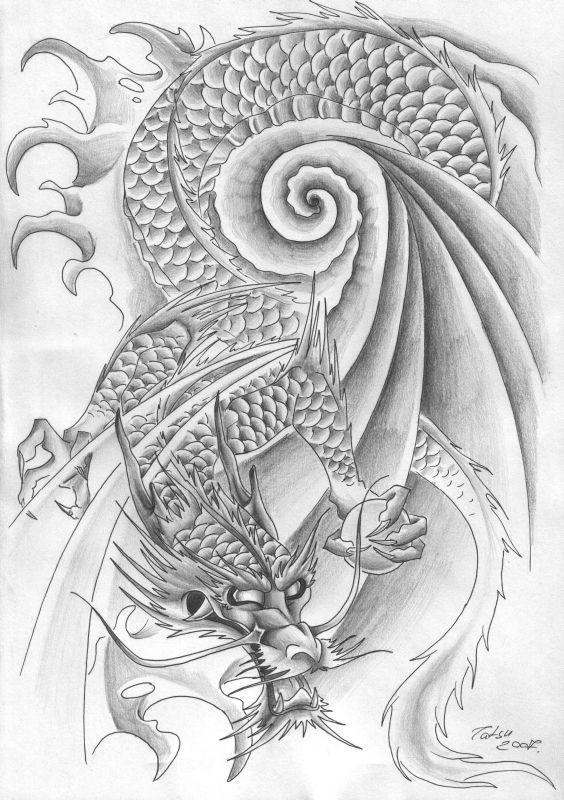By Becky McClure
According to the Webster-Merriam Dictionary, the word dragon is Middle English, from Anglo-French dragun, from Latin dracon.

The definition of dragon is:
• A mythical animal usually represented as a monstrous winged and scaly serpent with a crested head and enormous claws.
• Or someone who is formidable
The many depictions of dragons are incredibly diverse and complex. No other creature in mythology has appeared in so many cultures from such remote parts of the world!
Many of us think of dragons as a terrifying beast. However, the Eastern dragons are portrayed as good, kind, ancient and intelligent. The Asian Dragons have the most recorded history in the world, especially in China going back thousands of years.

The Difference between the Eastern Dragons:
Chinese dragons have all five toes. The Chinese believe that all dragons began from China. They believed that as the dragons flew south, they began to lose their toes. The farther the dragons flew, the more toes they lost. So, Korean dragons have four toes, and Japanese dragons have three.
Korean dragons have four toes. The Koreans believe that when the dragons leave Korea and go north to China, they begin to gain toes. When the dragons leave Korea and go north to Japan, they begin to lose toes.
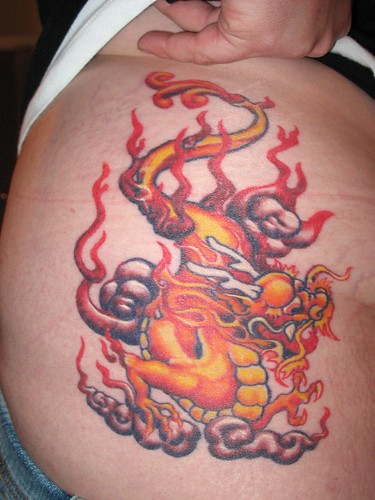
Japanese dragons have three toes. The Japanese though all dragons originated from Japan. They also believed that when the dragons leave Japan and head north, they gain toes. The farther the dragons went, the more toes they gained. This is why the other dragons have more toes. The Japanese believed the breath of dragons could turn into clouds, which could produce rain.
But here's the kicker, unlike most types of dragon, most of the Eastern Dragons have no wings!
The Western Dragon
The Western dragons or medieval dragons have a more ferocious and primitive appearance. They often look like giant lizards with long tails and a pair of wings. While the dragons are thought of as calculating and thoughtful monsters, they have also been viewed as mindless beasts. We think of dragons as having talons, fangs, breathing fire, scaly skins, and red eyes in our drawings and paintings. The Western Dragons were also known to have huge hoards of gold and jewels hidden in their lairs.
Early Christianity condemned the ancient, benevolent and malevolent serpent deities. As a matter of fact, in Christian art, the dragon is a symbol of the pagan religion and was often drawn as overpowered by the spirit of the holy figures of Christianity.
The Vikings had figures of dragons on the prow of their boats. The dragons on the ships were believed to bestow sharp eyesight and craftiness to the Viking warriors. The Welsh flag has a red dragon on it and the dragon is their national symbol.
Why are Dragon Tattoos so popular today?
Dragons are a classic choice for a tattoo design and they are one of the more popular mythological creatures picked for inking.

Dragons are depicted as powerful, wise and free. Their legend is always cloaked in magic and mythical realm. They come from the tops of sacred Japanese mountains and the bottom of the deepest seas around Greece.
Dragons have been drawn in a wide variety of forms because of their popular appeal. Today's tattoo designers have taken the art of the dragon to amazing new levels. Whether you want a traditional dragon tattoo or one with a cutting-edge, modern look you will find an incredible gallery of amazing images to choose from.

Tattoo artists have paid extra attention to creating images of dragons because they look great on the skin. They can be in color, or black & white. Dragon tattoos can wrap around the body and flatter the contours of the body. Dragon tattoos can be designed as tribal, Celtic or jade designs. The dragon tattoo may appear with wings or fire breathing or not.
Ancient Dragon lore and illustrations have inspired many of us to select a dragon tattoo because that design represents how we feel about ourselves -- powerful, ferocious, and free...


















